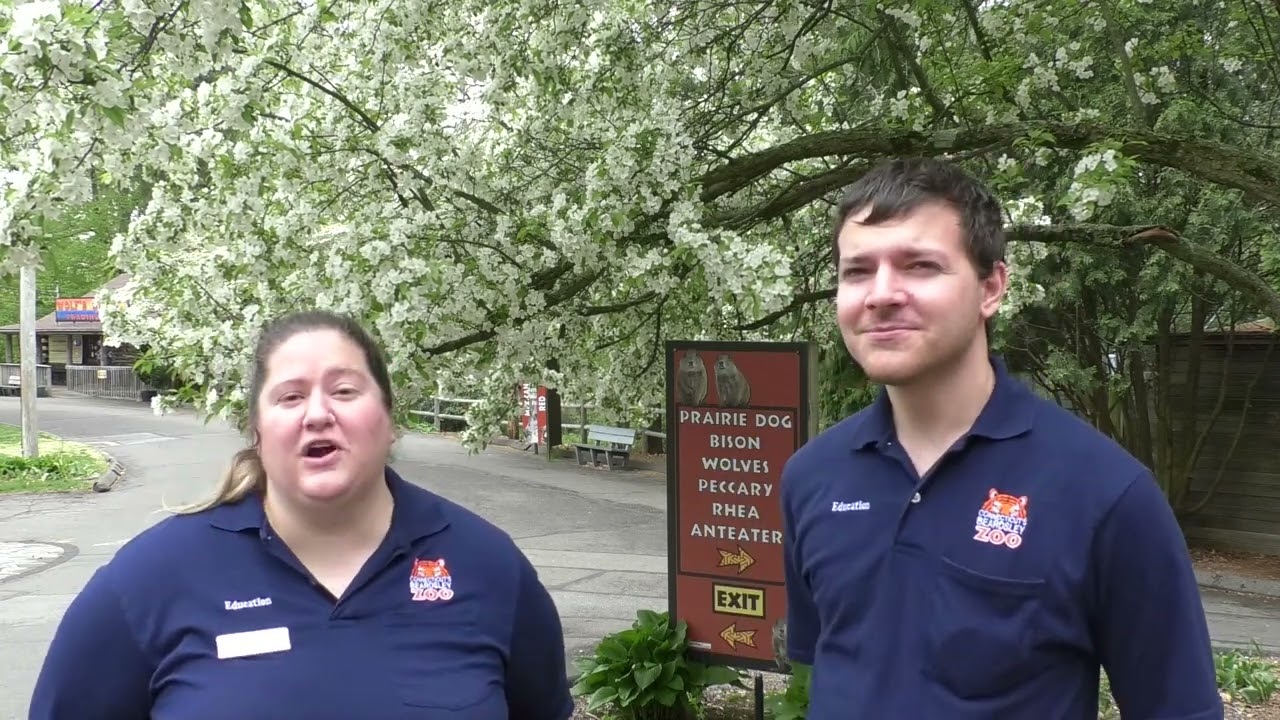– The significance of celebrating Amphibian Week and specific events on Amphibian Week Monday
– The critical role of amphibians in ecosystems and the challenges they face
– The importance of video resources and digital media in raising awareness for amphibian conservation
– How zoos and wildlife conservation organizations contribute to amphibian conservation efforts
– Effective strategies for engaging the public in amphibian conservation
Celebrating Amphibian Week is a pivotal event in the calendar for anyone concerned with the health of our planet’s ecosystems and the conservation of biodiversity. Amphibian Week Monday is the kickoff to a series of educational and advocacy-focused activities designed to increase awareness of amphibian species, their essential roles in various ecosystems, and the numerous threats they face. This narrative explores the multifaceted aspects of amphibian conservation, integrating scientific insights with practical conservation strategies.
The significance of Amphibian Week, particularly the focus of Amphibian Week Monday, lies in its ability to draw attention to amphibians’ urgent conservation needs. These creatures, ranging from frogs and toads to salamanders and newts, play critical roles in their ecosystems. They serve as both predators and prey, contributing to controlling insect populations and supporting the food web. Furthermore, their permeable skin makes them excellent bioindicators, providing early signs of environmental distress, particularly pollution and climate change. However, they are among the most threatened groups of animals on the planet, facing hazards such as habitat destruction, pollution, climate change, invasive species, and the deadly chytrid fungus.
Amphibian Week Monday often prioritizes reaching a broad audience through engaging videos and social media content highlighting these challenges and the beauty and diversity of amphibian species. Video resources and digital media are crucial in this digital age for conveying messages about conservation and science to a global audience. They offer an immediate, visual connection to the subject matter, making the plight of amphibians more relatable and urgent. These videos showcase the fascinating life cycles and behaviors of amphibians and illustrate the conservation work undertaken to protect them. They serve as a call to action, encouraging viewers to support amphibian conservation efforts.
Zoos and wildlife conservation organizations are at the forefront of these efforts. They conduct essential research on amphibian biology, behavior, and genetics, which informs conservation strategies. Captive breeding programs, managed by zoos, play a critical role in preventing the extinction of vulnerable species, serving as a genetic reservoir for future reintroduction efforts. These institutions also work on habitat restoration projects and fight against the spread of diseases like the chytrid fungus. Through educational programs, zoos and conservation organizations actively engage the public in the conservation process, fostering a connection between people and amphibians that motivates further support for conservation initiatives.
Engaging the public in amphibian conservation is a challenge that requires innovative approaches. In addition to leveraging video content and social media, conservationists employ citizen science programs, where individuals can contribute to scientific research and monitoring efforts. Such programs gather valuable data and build a community of informed and passionate advocates for amphibian conservation. Public awareness campaigns during Amphibian Week and throughout the year aim to inform people about simple actions to help, such as reducing pesticide use, supporting habitat conservation efforts, and advocating for policies that protect amphibians and their habitats.
The celebration of Amphibian Week, specifically Amphibian Week Monday, is a critical reminder of the fascinating world of amphibians and their vital importance to our natural world. This occasion highlights the beauty and diversity of these creatures and underscores the significant challenges they face. Through a blend of education, research, and active conservation efforts, there is hope for reversing the decline of amphibian populations. By fostering a deeper understanding and appreciation of amphibians and their ecological roles, we can encourage more people to participate in conservation efforts. These collective actions are vital for ensuring that future generations can also marvel at our planet’s rich diversity of life.
*****
Source Description
🐸 Leap into Frogwatch USA with us this week at Connecticut’s Beardsley Zoo! 🌿 Zoo Educators Andrew and Jen, are excited to share how we’re training volunteers to recognize local frog and toad calls.
This unique citizen science effort helps protect these vital species right here in Connecticut. 🎶Visit the Zoo and dive deeper into the world of amphibians and learn how you can contribute to their conservation.
🌎 Whether you’re new to frog calls or a seasoned amphibian enthusiast, there’s something for everyone!! #AmphibianWeek2024 #FrogwatchUSA #BeardsleyZoo


